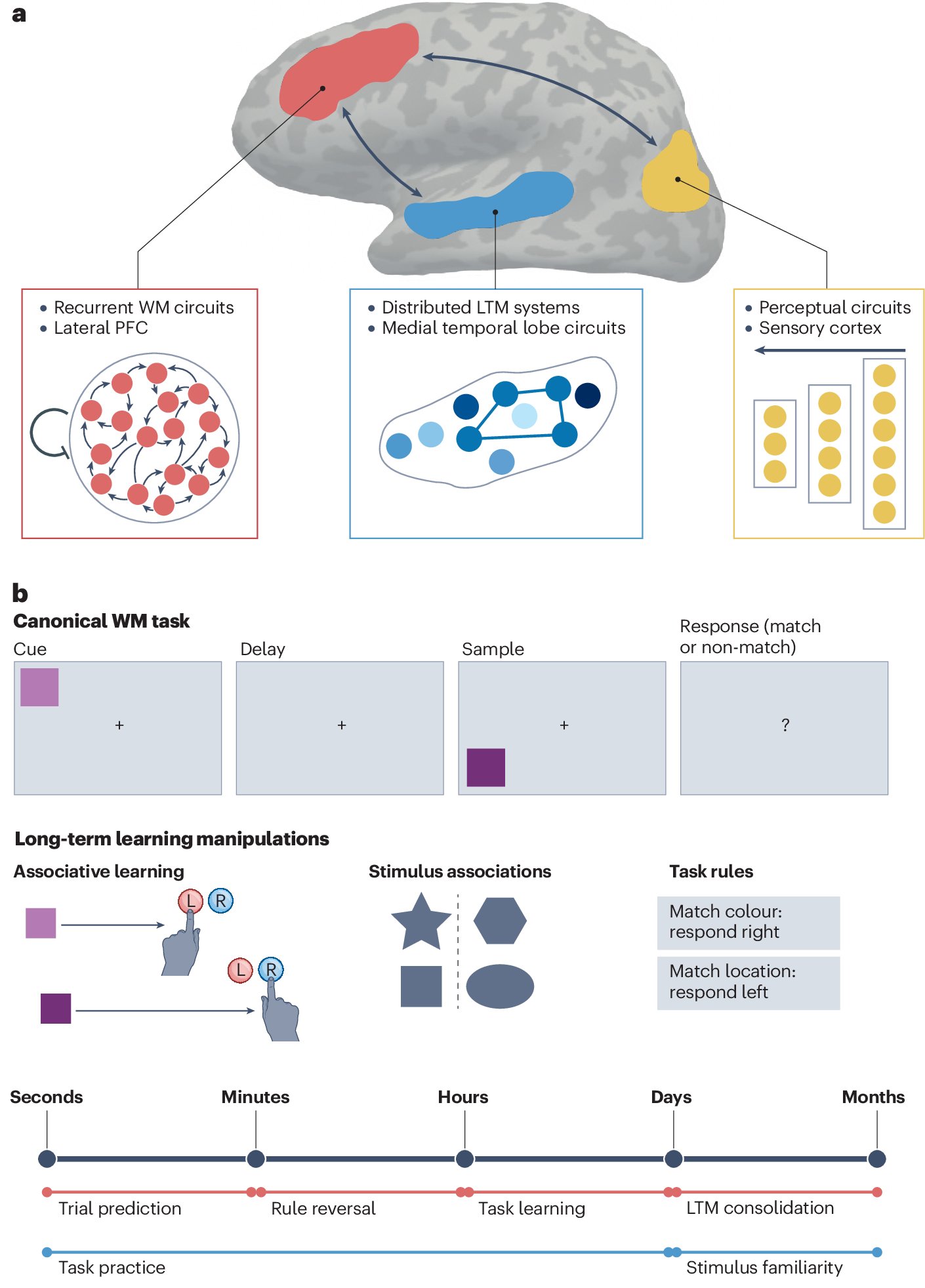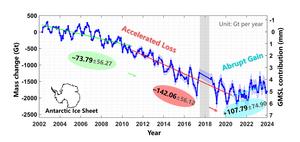
Christos Constantinidis
@c_constan
Professor of Biomedical Engineering and Neuroscience. Neural basis of cognition, cognitive development, deep brain stimulation.
New review article: Timescales of learning in prefrontal cortex nature.com/articles/s4158…

Monkeys can feel the #rhythm too! Read about it in this @UNAM_MX #ArticleinPress, Flexible tapping synchronization in #macaques: dynamic switching of timing strategies within rhythmic sequences (Ameyaltzin Castillo-Almazán et al.): ow.ly/sImC50Wil1G
🚀 New Open-Source Release! PyTorchTNN 🚀 A PyTorch package for building biologically-plausible temporal neural networks (TNNs)—unrolling neural network computation layer-by-layer through time, inspired by cortical processing. PyTorchTNN naturally integrates into the…
I was recently asked to provide some input for the DSM-6 Planning Committee. These were my top suggestions: 1. Establish a diagnostic hierarchy. The lack of a diagnostic hierarchy in psychiatry has led to a "false comorbidity" problem, wherein symptoms are mistaken for disorders…
Got prov. approval for 2 major grants in Neuro-AI & Dynamical Systems Recons., on learning & inference in non-stationary environments, OOD generalization, and DS foundation models. To all AI/math enthusiasts: Expect job announcements (PhD/PostDoc) soon! Feel free to get in touch.
Truth bomb from the Merriam-Webster dictionary. Reticent *is* a synonym of reluctant.

Dear working memory researchers of all ages across the globe, 131mins (10am CDT) till Day 2 of... wmsymposium.org
My lab’s 5-year NIH R01 grant, awarded to study gene therapy for hearing loss, was abruptly terminated. I want to share how this action has been incredibly harmful and disruptive, not just to my lab, but to the scientific process itself. 1/15
Incredibly honored and thankful for this critical support from @klingensteinorg !
Congratulations @QuynhA_Nguyen, Ph.D., recipient of a Klingenstein Fellowship Award in Neuroscience for the project "Inhibitory Control of Hyperexcitability." qanguyenlab.com
New paper shows how nonhuman primates learn (5-) object sequences and use context cues to mentally re-order objects within a learned sequence – showing that NHPs form non-spatial cognitive maps 1 / 2 journals.plos.org/plosbiology/ar…
Curious about the visual human brain, computation, and pursuing a PhD in a vibrant and collaborative lab located in the heart of Europe? My lab is offering a 3-year PhD position! More details: rademakerlab.com/job-add
These circles are not moving nor changing size or shape
Today, NSF announced an add’l 500 NSF Graduate Research Fellowship Program awardees for the 2025-2026 cohort, bringing the total to approx 1,500. #NSFGRFP supports grad students as they pursue their dreams, build STEM skills, & become the next generation of innovators & leaders.
We are bilaterians. We can better simultaneously attend to two objects in opposite visual hemifields than in the same hemifield. How? Here we show that circuits in the lateral prefrontal cortex may be responsible for that. Check our paper out 🐶🙂😺 direct.mit.edu/jocn/article/d…
I wrote a blog post on canonical correlation analysis (CCA), where I attempt to explain how it works, how it relates conceptually to other methods, and how it can be applied in neuroscience research. I’d appreciate any feedback! yukifujishima.com/blog/2025/05/0…
Some good news for a change. Antarctic ice loss reversed (somewhat) since 2020. eurekalert.org/news-releases/…
